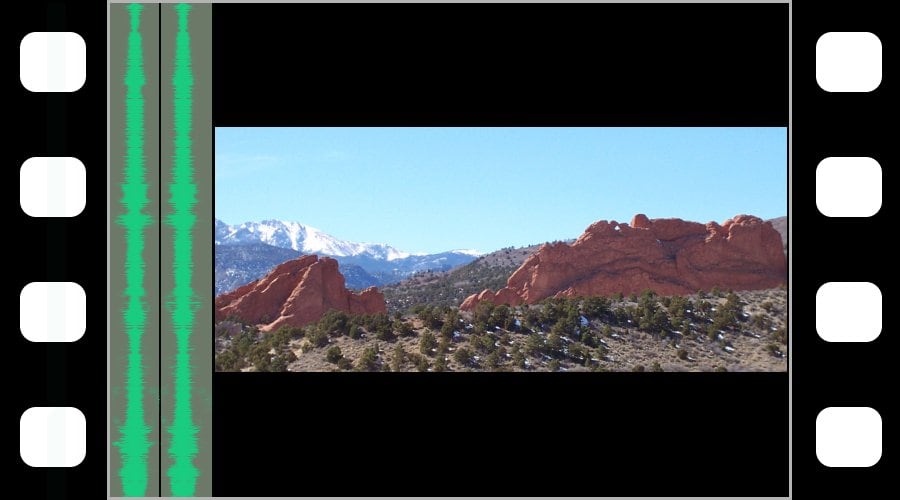Key Takeaways
- Anamorphic format is a cinematic technique that uses lenses to stretch and compress the image, offering a widescreen experience.
- Originated in the 1920s to enhance movie viewing, it utilizes the full potential of the film strip, leading to richer details and a more immersive experience.
- The format saw a decline with the advent of digital cinema but has recently regained popularity for its unique visual appeal.
There’s something almost mystical about the anamorphic format in cinematography. It harks back to a time when movies were not just watched but experienced, wrapping the audience in a visual spectacle that felt both grand and intimate. I recall my first encounter with an anamorphic film; it was like stepping into another world. The edges of the screen seemed to stretch beyond the confines of the theater, pulling me into the narrative in a way standard formats never did.
Henri Chrétien, the brain behind this revolutionary technique, must have felt like a magician, transforming the rectangular frames of traditional cinema into vast canvases of storytelling. Imagine the excitement of those early filmmakers, wielding the power to capture the world in such panoramic splendor. It was not merely about making things look bigger; it was about capturing life in its fullness, with all its nuances and grandeur.
Anamorphic lenses are like the wizards of the camera world. They take the ordinary and stretch it into the extraordinary, compressing the image horizontally on the film. This ‘squeeze’ means more of the scene is captured, and when projected, it expands, filling the viewer’s field of vision with a breadth of detail that standard lenses could never achieve. I remember watching the crew on a film set once, marveling at the lens’s peculiar shape and the way it manipulated light and space. It felt like peeking behind the curtain of reality, into a realm where every detail was magnified and every moment held endless possibilities.
The allure of anamorphic isn’t just in its ability to widen the frame; it’s in the way it transforms the viewing experience. The stretched aspect ratio, typically 2.40:1, isn’t just a number; it’s a portal to a more engulfing cinematic world. Sitting in a darkened theater, watching as the expanded image fills your vision, you don’t just watch the story unfold; you’re enveloped by it.
Despite the digital revolution, where crisp, clean images became the norm, the anamorphic format is witnessing a renaissance. Filmmakers yearn for the texture and depth it brings to the digital flatness, the way it layers history and modernity in a single frame. The unique anamorphic characteristics, like the signature lens flares and the oval-shaped bokeh, add a dimension of depth and character to the image, infusing it with a soul that pure digital often lacks.
Now, as we stand at the intersection of technological advancement and nostalgic yearning, the anamorphic format offers a bridge between the past and the present. It’s not just a technical feat but a testament to cinema’s enduring power to enchant and transform. In the dance of light and shadow, anamorphic lenses continue to paint stories in strokes wide and wondrous, inviting us to lose ourselves in the spectacle of the cinematic world.
Frequently Asked Questions
1. What is the anamorphic format?
It’s a cinematography technique where the image is captured in a squeezed format and then expanded to widescreen during projection, offering a broader aspect ratio and immersive viewing experience.
2. Who invented the anamorphic format?
Henri Chrétien invented the anamorphic format in the early 20th century to utilize the full potential of the film strip for a wider image.
3. Why do filmmakers use anamorphic lenses?
Filmmakers use anamorphic lenses to capture a wider field of view, creating a more immersive and detailed visual experience, and adding unique aesthetic characteristics to the footage.
4. What distinguishes anamorphic from standard formats?
Anamorphic format squeezes the image horizontally to fit more of the scene into the frame, which is then expanded to widescreen, unlike standard formats that capture images without this horizontal compression.
5. Is the anamorphic format still relevant today?
Yes, the anamorphic format has regained popularity, especially in the digital era, for its distinctive visual flair and the depth it adds to the cinematic experience.
